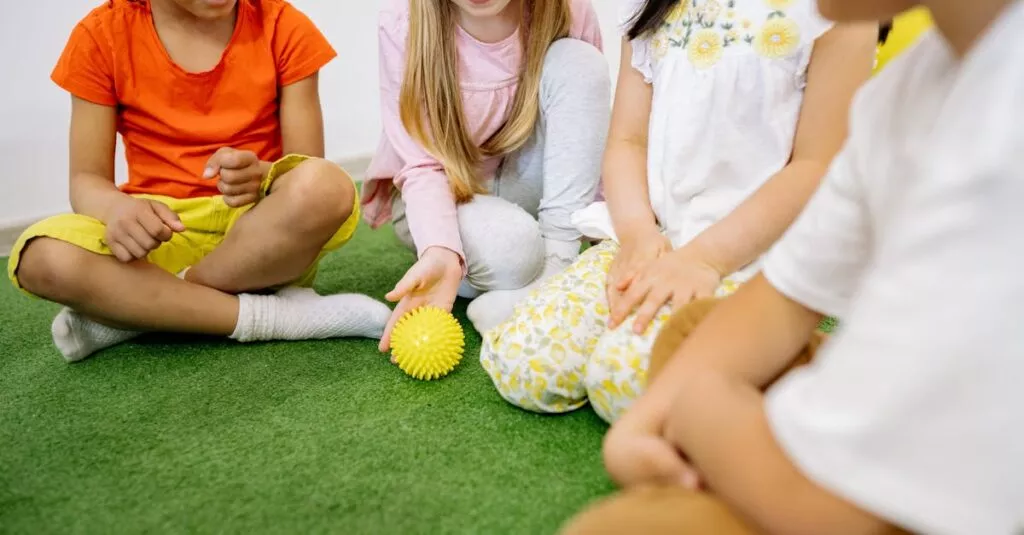A Bright Future with AI
Artificial Intelligence (AI) is transforming education. It can personalize learning and make it fun for preschoolers. Imagine Alexa helping with math or a personalized app enhancing your child’s reading skills! My 4-year-old nephew loves it when the app praises his drawing skills—it boosts his confidence!
However, AI is a double-edged sword, so let’s explore both sides.

Potential Pitfalls of High-Tech Tots
While AI has many benefits, it can also pose risks. Over-dependence might stifle your child’s creativity or social skills. Picture this: a little too much screen time and your kid might start seeing the tablet as a BFF! My friend’s daughter once insisted Siri attends her tea parties. Funny as it sounds, it highlights the need to balance tech and human interaction. Let’s dig deeper into these potential pitfalls.

1. Stifled Creativity
Excessive use of AI and screens may hinder a child’s imagination and creativity development. Instead of exploring and creating their own worlds through play, they might become passive consumers of digital content.
2. Impaired Social Skills
Spending too much time interacting with technology can limit face-to-face communication and emotional intelligence growth. Children need real-life interactions to learn empathy, conflict resolution, and other crucial social skills.
3. Dependency on Technology
When kids rely heavily on gadgets or AI for entertainment or problem-solving, they may struggle with tasks that require critical thinking, decision-making, and patience. It’s essential to encourage a healthy balance between tech use and offline activities.
4. Privacy and Security Concerns
With increased digital connectivity, there’s a risk of children unknowingly sharing personal information online or encountering harmful content. Parents should educate their kids about online safety and set appropriate boundaries.
Balancing Screen Time and Play Time
Balancing AI with traditional play is crucial. Kids need to move, interact, and play outdoors. Think about it: Does a robot climb trees or play hopscotch? No! Encourage tech-free zones. In my childhood, we’d be outdoors chasing butterflies. Mix AI learning with physical activities to foster holistic development.
Practical tip: Limit screen time to ensure your child gets enough free play.
Emotional Support Matters
Emotional support is vital. AI might read stories or sing lullabies, but it can’t replace a parent’s hug. Children need emotional bonding. So, use AI tools as a supplement, not a substitute. My niece prefers cuddles over virtual hugs any day. Remember, human connection nurtures empathy, security, and happiness.

Emotional support is irreplaceable.
Interactive Learning: Pros to Consider
AI offers interactive learning that can captivate young minds. Gamified platforms make lessons fun. My cousin’s boy learned colors through an engaging AI game; he was thrilled matching red apples and yellow bananas.
These tools foster excitement towards learning. Consider apps that promote creativity, ensuring the content aligns with educational goals.

Needing a Human Touch
Despite AI’s charm, a child needs human interaction for social skills. No algorithm can teach empathy like a sibling or parent. My friend’s twin boys learn sharing and teamwork while playing together. They argue, laugh, resolve conflicts—skills no robot can instill. Keep real-life interactions high on priority. It’s the balance that counts.

Summary: Human interaction is essential for children’s social development. While AI has its advantages, the unique qualities of empathy, sharing, and conflict resolution are best learned through personal experiences.
